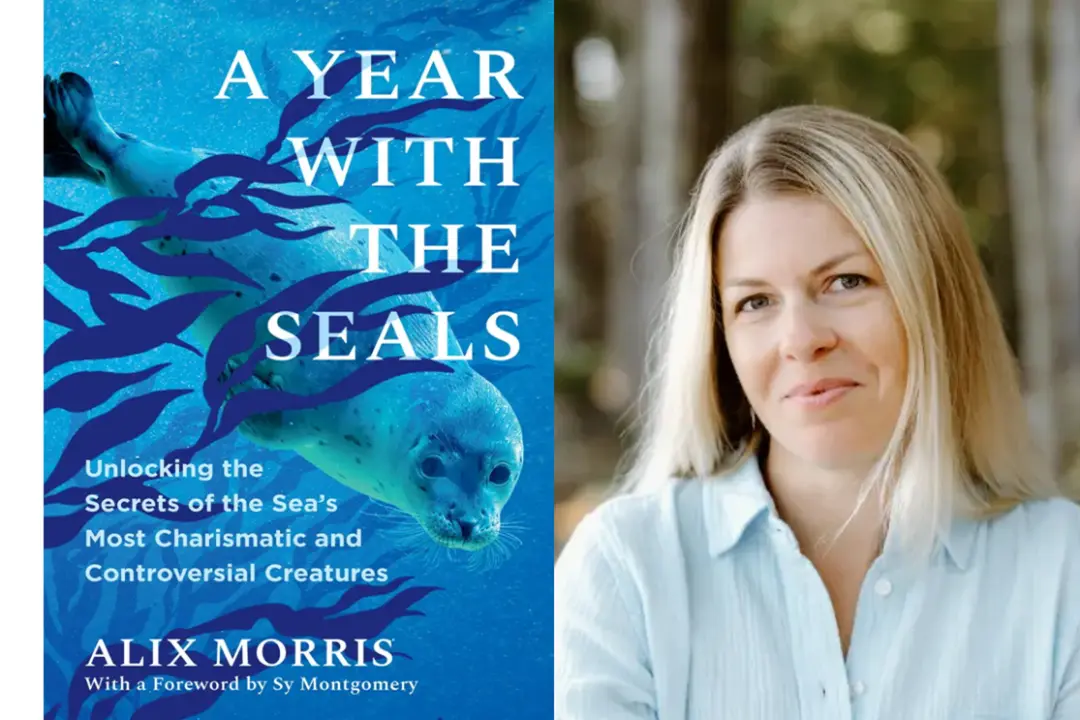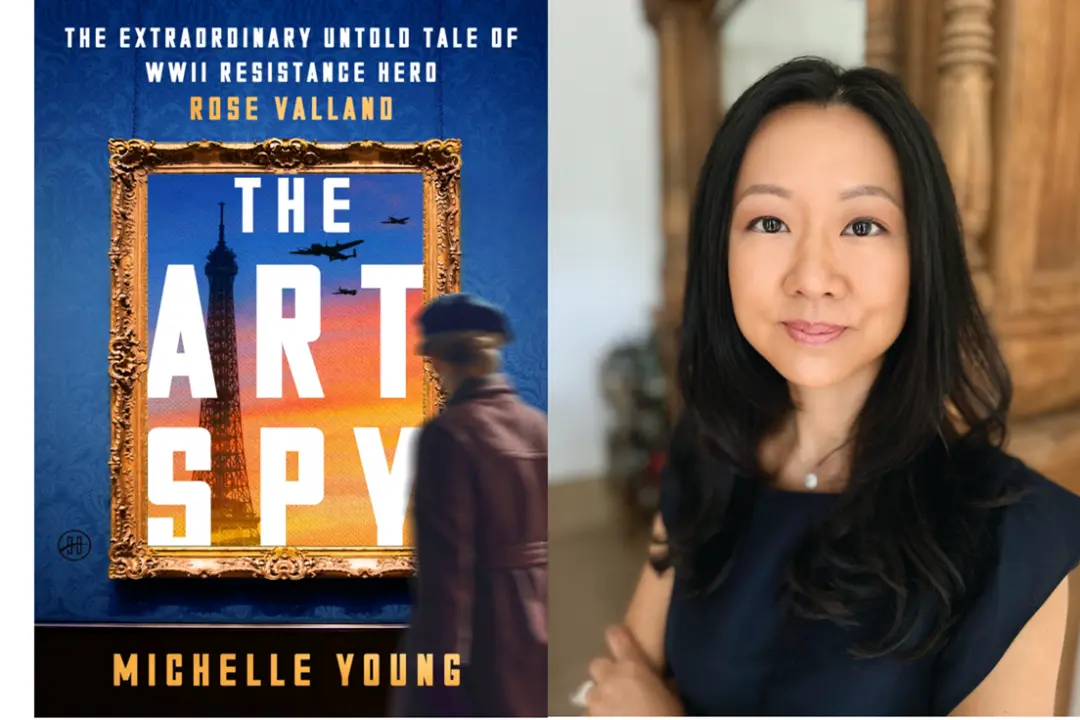When considering the extraordinary creatures on the planet, it may not have occurred to us to name the wombat or the hermit crab. And the golden mole? Really? But here they are, along with 20 others, in a collection of essays that read more like folk tales. Katherine Rundell’s “Vanishing Treasures: A Bestiary of Extraordinary Endangered Creatures” is the perfect guide.
An Oxford Fellow, and winner of multiple British awards for her children’s books, Rundell has combined her fascination with the animal kingdom and access to archival histories and Renaissance literature to uncover facts and folklore ascribed to these critters over the centuries. She has extensively researched their first recorded appearances in literature, noting details of quirky traits, unusual habits, and astounding capabilities. Without hitting us over the head about their endangered status, she devotes time to their underappreciated status.





